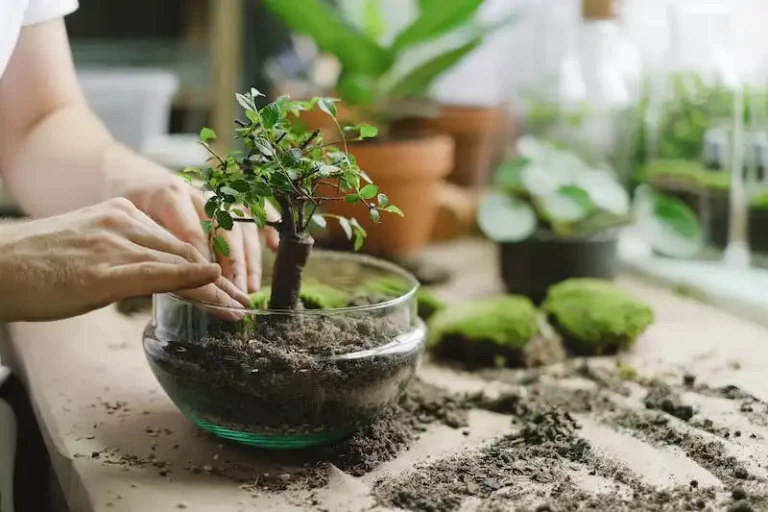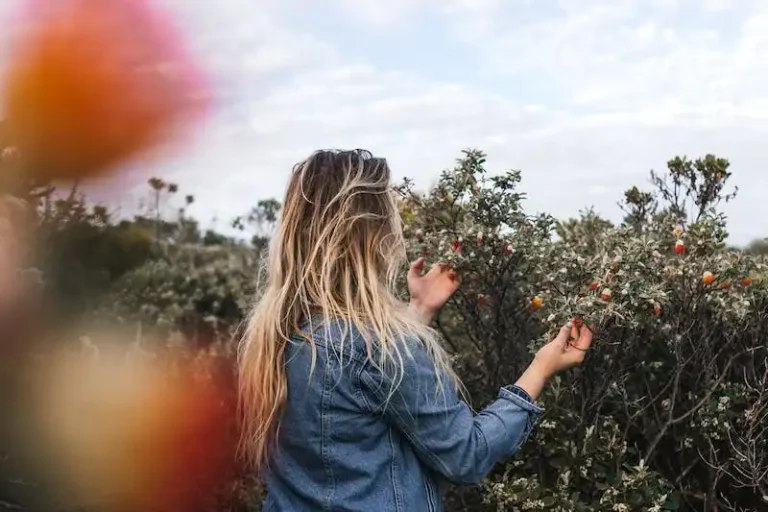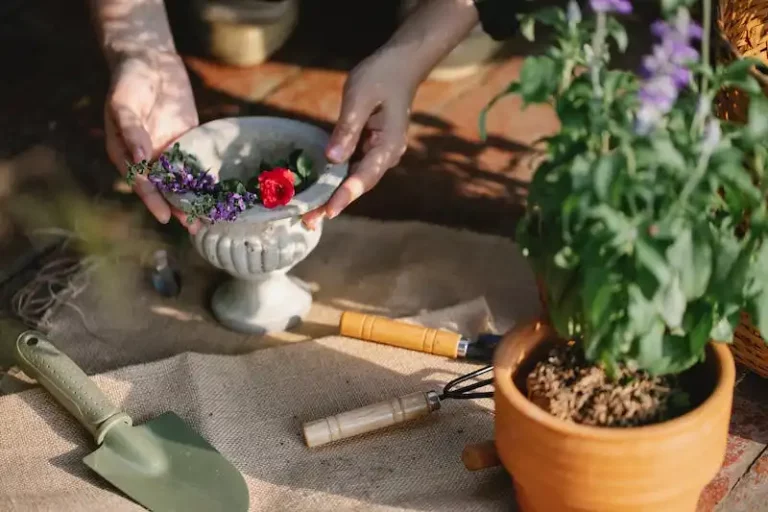Green beans are a delightful vegetable that can be found in various types. Although they all reach about 6 to 8 inches in length, each type has its own unique characteristics and flavor. Whether you prefer bush or pole beans, there is a green bean type for everyone.
One of the most well-known types is the Romano bean, also known as the Italian flat bean. These beans have wide and flat pods that are about 6 inches long. They are known for their prolific producing and are often harvested when they are a deep green color.
Another popular type is the rattlesnake bean. These beans have a unique appearance with purple stripes on their green pods. They are sometimes referred to as pole beans due to their ability to reach long lengths. Rattlesnake beans are flavorful and have a slightly nutty taste.
For those who enjoy filet-type beans, the provider is a great choice. These beans are slender and long, and they get their name from their ability to be harvested when they are only about 13 inches long. Provider beans are known for their heat tolerance and are ideal for gardeners in warmer climates.
If you’re looking for a type of green bean with a deep burgundy color, the burgundy bean is the one for you. These beans have a rich and vibrant color that can add a pop of color to any dish. They have a similar flavor to traditional green beans and are often used in the same applications.
What are the most popular green beans? 10 Good Options
Green beans come in a variety of types and colors, and they’re a popular vegetable in many households. With their delicate flavor and abundance in the summer growing season, green beans are a great addition to any meal. Whether you’re familiar with the classic green bean or looking to try something new, here are 10 good options to consider:
1. Blue Lake: This popular green bean variety is known for its deep green color and tender, thin skin. It’s a classic choice for many green bean lovers.
2. Cherokee Wax: These yellow-green beans are slightly waxier than other varieties, making them great for canning and pickling.
3. Contender: Contender green beans are a reliable option that produce a high yield of delicious, slender pods. They’re known for their resistance to common diseases.
4. Kentucky Wonder: These long, slender green beans have been a popular choice for generations. They’re perfect for canning, freezing, and eating fresh.
5. Provider: Provider green beans are known for their early harvest, making them a great choice for those who can’t wait to enjoy fresh green beans. They produce an abundant crop and have a delicious flavor.
6. French Filet: Also known as Haricot Verts, French Filet beans are small and delicate. They have a thin, tender skin and are best harvested when they’re about 1/4 inch in diameter.
7. Dragon Tongue: These unique green beans have a mottled purple and green skin and slightly thicker pods. They have a sweet and nutty flavor.
8. Roma II: These round, green beans are often used in Italian dishes. They have a crisp texture and a rich flavor when cooked.
9. Pinto: Pinto beans are popular for their beautiful red speckled skin. They have a meaty texture and are often used in soups and stews.
10. Kentucky Blue: This variety of green bean is known for its deep blue pod and excellent flavor. It’s a favorite among gardeners and can be used in many different recipes.
No matter which type of green bean you choose, they all have their own unique flavor and texture. Green beans are a versatile vegetable that can be enjoyed in salads, stir-fries, casseroles, and much more. So, whether you’re a fan of the classic green bean or looking to try something new, be sure to click on the links for more information and helpful tips.
1 Blue Lake
The Blue Lake green bean is a popular choice among home gardeners and commercial growers alike. This runner bean variety is known for its tender, crisp texture and excellent flavor. It is one of the most beautiful and tastiest green beans you can grow.
The Blue Lake bean has a unique royal blue color and retains its vibrant hue even after cooking. It is perfect for adding visual appeal to your dishes. The fortex type of Blue Lake, also known as the filet green bean, is a popular option for those looking for a larger size. The filet-type beans are longer and easier to harvest and cook.
Blue Lake beans are native to the United States and have been a favorite among gardeners for generations. They have a capacity to produce abundant yields, making them a great choice for anyone looking to grow their own food. Whether you prefer to lightly sauté them or add them to stews, the Blue Lake green beans are sure to please.
You can start growing Blue Lake beans from seed, and they’re generally ready to harvest when they’re about 3 inches long. These beans retain their crisp texture and delicious flavor even when cooked, making them a quick and easy side dish option. Blue Lake beans are also a favorite in Italian cuisine.
With their small size and various textures, Blue Lake beans are beginning to gain popularity among chefs and home cooks alike. They can be used in a wide range of dishes, from salads to stir-fries, and everything in between. Some people even pickle them! The Blue Lake green bean is a versatile option that adds a splash of color to any plate.
If you’re looking for beautiful, tasty, and easy-to-grow green beans, consider adding Blue Lake beans to your garden. Whether you choose the picturesque filet-type or the traditional Blue Lake bean, you won’t be disappointed with their flavor and texture. Make sure to check online or visit your local seed supplier to find Blue Lake bean seeds for sale.
| Name | Originating With | Colors | Texture | Flavor | Pods |
| Blue Lake | United States | Royal Blue | Tender, Crisp | Delicious | Filet-Type, Fortex |
For more information on Blue Lake beans and other types of green beans, please click on the links below:
- Runner Beans
- Royal Burgundy
- Beautiful Fortex
- Every Runner
- Green Links
- Will Baron
- Porch Picker
- Native Capacity
- Lamborn Wax
- Harvested Purple
- When They’re Green
- Retain Quick Italian
- Favorites Less 3
2 Jade
The Jade bean is a flavorful variety that has a mottled green color, with lighter green streaks on its skin. It is known for its disease resistance, making it a popular choice for many gardeners. Jade beans have a delicious taste and a tender texture, making them perfect for a wide range of culinary applications.
This variety of bean is sometimes referred to as a French bean or a snap bean. The Jade bean seed is round and slightly sweeter than other green bean varieties. It is also known for its nutritional value, as it is high in fiber, vitamin C, and folate.
When growing Jade beans, it is important to plant them in a sunny location with well-drained soil. They can reach a height of 7 to 9 inches and are ready to be harvested within 50 to 60 days. Jade beans are typically ready to be harvested when they are around 4 to 5 inches long and the beans inside are still tender and crisp.
Jade beans are relatively easy to grow and are a popular choice for home gardeners. However, they can be susceptible to frost and should not be planted until the risk of frost has passed. This variety of bean is also known for its ability to attract hummingbirds and butterflies.
When cooking with Jade beans, it is important not to overcook them, as they can become mealy. They can be lightly steamed or sautéed and make a delicious addition to stir-fries, salads, and soups. Jade beans can also be grilled or incorporated into casseroles and other dishes.
In America, Jade beans are widely available for sale and can be found at most grocery stores and farmers’ markets. They are a popular choice for those who are looking to add more variety to their meals and incorporate fresh, nutritious ingredients.
Overall, Jade beans are a gorgeous variety that produce vibrant green beans. With their disease resistance and delicious taste, they have become a familiar favorite among gardeners and food enthusiasts alike.
| Common Name: | Jade Bean |
| Botanical Name: | Phaseolus vulgaris |
| Seed Type: | Heirloom |
| Seed Origin: | Unknown |
| Cooking Time: | 5-7 minutes |
| Harvest Time: | 50-60 days |
| Growing Zones: | 3-10 |
| Plant Height: | 7-9 inches |
| Plant Spacing: | 4-6 inches |
| Yield per Plant: | High |



